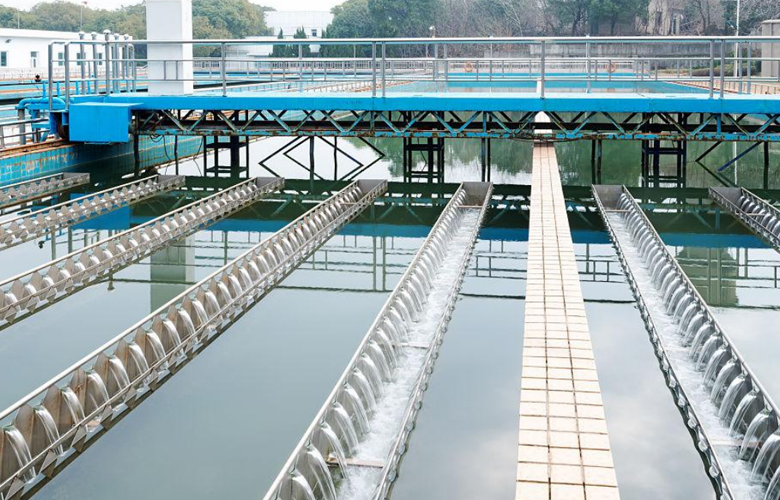When choosing stainless steel tubing, two of the most commonly specified grades are 304 and 316 stainless steel, each offering unique benefits tailored to different environments and uses. Both 304 and 316 stainless steel tubing are popular for their strength, corrosion resistance, and versatility, but understanding their differences is crucial for selecting the right material that matches your project’s demands, whether you’re in manufacturing, construction, or food processing.
304 stainless steel tubing is often regarded as the standard in stainless steel because of its excellent corrosion resistance, affordability, and ease of fabrication. It contains approximately 18-20% chromium and 8-10.5% nickel, which provide a solid barrier against oxidation and general wear, making it suitable for most indoor environments and applications where corrosion exposure is moderate. This grade is widely used in kitchen equipment, architectural structures, and automotive parts due to its durability and polished appearance. However, 304 stainless steel tubing has limitations when exposed to harsh chemical environments or saline conditions, where it can suffer pitting and crevice corrosion over time.
On the other hand, 316 stainless steel tubing elevates corrosion resistance to a higher level, making it the preferred choice for environments that demand superior protection. This grade contains an additional 2-3% molybdenum, which significantly enhances resistance to chloride-induced corrosion and pitting, a common challenge in marine, chemical, and pharmaceutical industries. If your project involves exposure to seawater, salt spray, or aggressive chemicals, 316 stainless steel tubing delivers reliable performance and longevity that 304 cannot match. Though slightly more expensive, investing in 316 stainless steel tubing often translates to reduced maintenance costs and longer service life, which is a crucial factor for customers looking for premium quality and reliability.

Both 304 and 316 stainless steel tubing offer excellent mechanical properties such as strength and ductility, but 316 has a slight edge in tensile strength and overall durability under extreme conditions. The choice between the two often comes down to the specific application requirements, budget considerations, and environmental exposure. For companies seeking stainless steel tubing with a balance of cost-effectiveness and decent corrosion resistance, 304 is typically the go-to option. Meanwhile, 316 is ideal for those requiring the ultimate in corrosion resistance and performance, especially in challenging industrial or marine settings.
As a trusted manufacturer specializing in premium stainless steel tubing, we understand the importance of choosing the right material to ensure your projects succeed. Our expert guidance and high-quality 304 and 316 stainless steel tubing products are designed to meet stringent industry standards and deliver lasting value. Whether you’re outfitting a high-performance chemical plant or designing elegant architectural features, selecting the appropriate stainless steel grade can make all the difference in durability, safety, and aesthetics.
In summary, while 304 stainless steel tubing offers excellent versatility and cost efficiency for many general uses, 316 stainless steel tubing provides enhanced corrosion resistance, particularly against chlorides and aggressive environments. Making an informed decision based on these differences not only optimizes your investment but also ensures your applications maintain peak performance over time. For superior quality stainless steel tubing tailored to your needs, trust the expertise and product range that industry professionals rely on.




 English
English русский
русский








